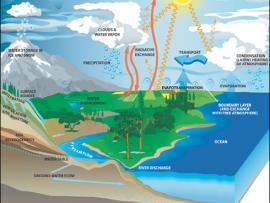
Welcome to Physical Hydrometeorology. I am glad you are here and would love to be your professor this spring.
© Nicole Moelders | all rights reserved

Welcome to Physical Hydrometeorology. I am glad you are here and would love to be your professor this spring.
© Nicole Moelders | all rights reserved